 Dr. Lai will be up at Brown University this weekend giving a primary care pediatrician’s perspective on concussions (traumatic brain injuries) at a parent forum. A lot has changed since you were a kid. As she prepared, we mulled over questions we commonly encounter and thought we’d pass them on to our parents:
Dr. Lai will be up at Brown University this weekend giving a primary care pediatrician’s perspective on concussions (traumatic brain injuries) at a parent forum. A lot has changed since you were a kid. As she prepared, we mulled over questions we commonly encounter and thought we’d pass them on to our parents:
What is a concussion? A concussion is an injury to the brain which does not show up on head scans such as CT Scans and MRIs. Think of a concussion like a sprained ankle, but instead of an injury to the ankle, it’s an injury to the brain. Just like an ankle sprain, it may not show up on X-ray, but your child is affected by the injury.
What are the signs of a concussion? Immediately after a head injury, we first look for signs of bleeding in the head. After we know there is not any bleeding, we look for signs of a concussion. Concussions affect kids physically, cognitively, and emotionally. Common symptoms include persistent head ache, nausea, fatigue, sleep disturbances, light and noise sensitivity, balance problems, difficulty with memory, difficulty with concentration, and emotional lability. Parents often describe their children as moving or thinking slowly- as if they were in a fog. Teens and young adults tend to belittle any injury, so if your kid tells you that she hit her head when you weren’t around, scrutinize your child very closely. If you “just know” your kid is not 100 percent his baseline, then she probably has a concussion.
How long is recovery?
In the not-so-old days we would clear kids for athletics 2 weeks after a teen had a normal neurological exam and symptoms disappeared. But the prescription for recovery has changed. Now there is a new emphasis on brain rest and returning a kid to school before returning to sports. Just like you rest a sprained ankle, doctors now recommend resting the brain. For the brain, that means no thinking or concentrating. Examples of prohibited activities include texting, video games, and homework. Interestingly TV watching is considered mindless enough to be permitted during the period of brain rest. Once there are no symptoms we allow a little more brain activity in a stepwise fashion until a kid can return to school. Only then can a kid consider starting a stepwise program to return to playing sports. For most kids, recovery takes about a month. Kids with baseline neurological issues such as migraines or attention deficit hyperactivity disorder tend to take longer to recover fully.
I’ve heard it’s dangerous to hit your head again before you have fully recovered from a concussion- is that true? YES! The scary stuff you hear about possible brain swelling and death if a concussion occurs on top of a concussion is not just internet mumbo-jumbo. Called second-impact syndrome, these secondary concussions occur during a window of vulnerability while the brain is healing from an initial concussion.
How many concussions can you have before there is permanent brain damage? There is still a lot of research that still needs to be done on concussions and this is one area where people are actively seeking answers. So far, studies in youth are unclear on the impact of repetitive concussions and the development of long term neurodegenerative diseases.
My kid wears a helmet or mouth guard to prevent concussions-right? While helmets and mouth guards help prevent skull fractures and jaw dislocations, current designs do little to prevent concussions.
I’m not going to keep my kid wrapped in bubble wrap, but do some activities pose a greater concussion risk than others? While there is still a paucity of sports data at the grade school and middle school level, we do know that according to the Centers for Disease Control (CDC), over half of concussions in those under 14 years old are caused by falls. Boys’ football followed by girls’ soccer lead the injury rate amongst high school athletes according to a 2010 paper published in Pediatrics .
I have seen kids receive concussions from standing too close to swing sets, concussions from sudden stops on school busses, and from jumping off beds. Once, a parent came into my office dazed after hitting her head on her trunk door in my parking lot. So, concussions can occur in any activity. The most important “take-away” is to take head injuries seriously and learn to recognize and report concussions.
For more information on concussions the pathway to recovery, please visit the CDC website and the Children’s Hospital of Philadelphia webite.
See you up at Brown.
Naline Lai, MD with Julie Kardos, MD
©2014 Two Peds in a Pod®

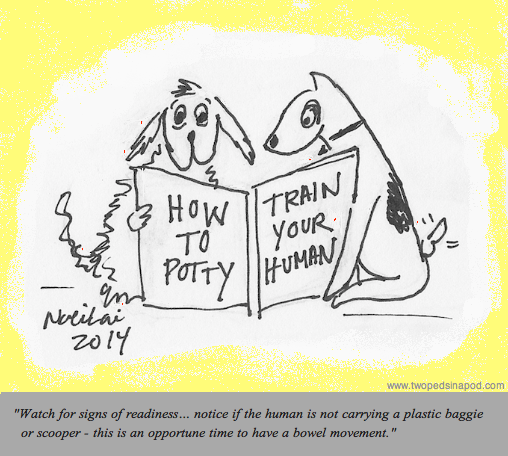



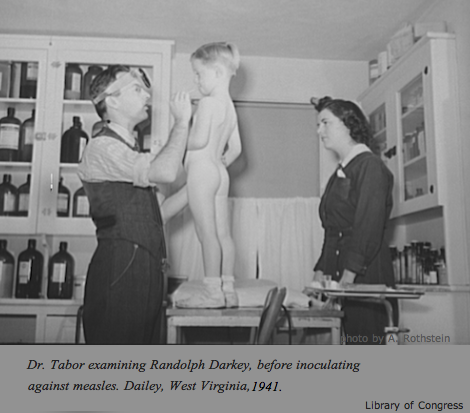
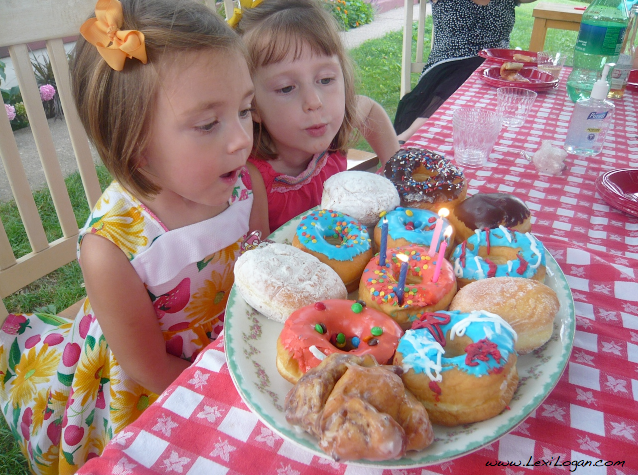
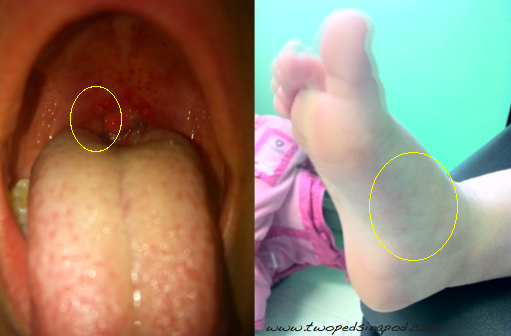
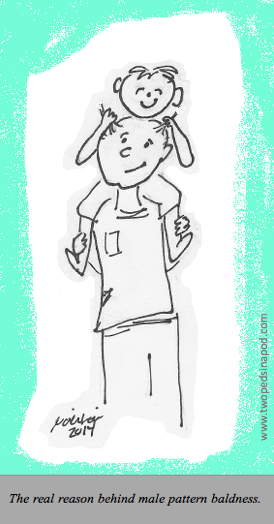
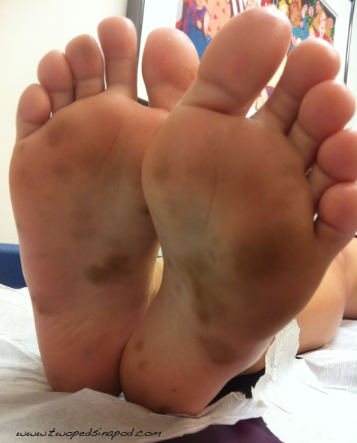
 Babies and children love bath time and are drawn to water play. Today we bring you the splash on swimming.
Babies and children love bath time and are drawn to water play. Today we bring you the splash on swimming. Dr. Lai will be up at Brown University this weekend giving a primary care pediatrician’s perspective on concussions (traumatic brain injuries) at a parent forum. A lot has changed since you were a kid. As she prepared, we mulled over questions we commonly encounter and thought we’d pass them on to our parents:
Dr. Lai will be up at Brown University this weekend giving a primary care pediatrician’s perspective on concussions (traumatic brain injuries) at a parent forum. A lot has changed since you were a kid. As she prepared, we mulled over questions we commonly encounter and thought we’d pass them on to our parents:  Just in time for Field Day and pool openings, today we provide sunburn protection information.
Just in time for Field Day and pool openings, today we provide sunburn protection information.